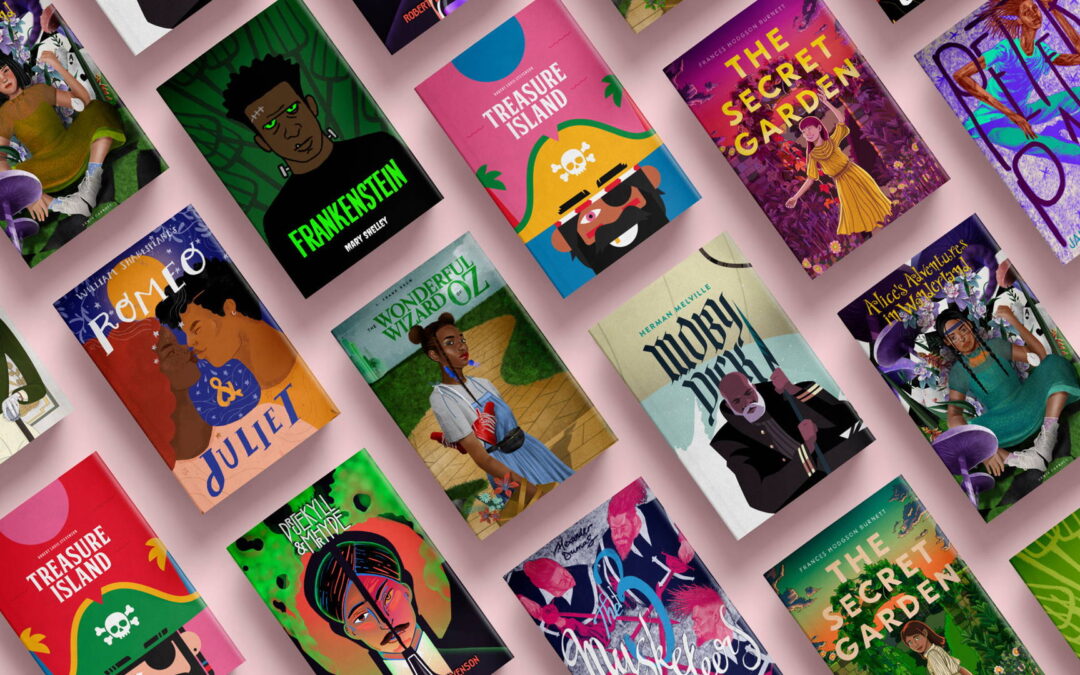
by Allison Zhao | Nov 18, 2020 | Culture
“Can reading make you happier?” Ceridwen Dovey asks in the headline of her 2015 article for the New Yorker, where she describes her experience with bibliotherapist from the London-based School of Life. At its most basic, bibliotherapy, or book therapy, uses reading as a method of emotional and psychological support. Dovey was gifted an appointment with bibliotherapist Ella Berthoud, who sent her a questionnaire to help establish Dovey’s needs, including the question “What is preoccupying you right now?” Dovey wrote back that she was concerned about not having the “spiritual resources” to be able to weather grief when it inevitably arrived in her life. With this in mind, Berthoud sent her a list of books to help guide her through this worry.

by Allison Zhao | Oct 14, 2020 | Literature
“What I wanted, needed really, was to become an integral and valued part of the mosaic that I saw around me,” wrote Walter Dean Myers in a 2014 opinion piece for the New York Times, titled Where Are the People of Color in Children’s Books? He explains that when living through extremely difficult points of his life (including coping with the murder of his uncle, grief, and alcohol abuse by family members),reading books became a retreat from the world. He noted that the world he saw around him was not reflected in his reading material: “As I discovered who I was, a black teenager in a white-dominated world, I saw that these characters, these lives, were not mine.”

by Allison Zhao | May 4, 2020 | Literature
For two thousand years, the Dead Sea Scrolls lay hidden. They were discovered in 1947 in the West Bank and became incredibly important artifacts for archaeologists and scholars as some of the oldest biblical texts ever discovered. Over the next several decades the various Scrolls were sold and scattered between various collectors and museums. One such museum, the Museum of the Bible in Washington, D.C., proudly displayed sixteen fragments of the Dead Sea Scrolls, until this past March, when National Geographic reported that a team of researchers had found that all of the museum’s fragments were fakes. This conclusion has important ramifications not only for the museum, but also for researchers studying the Scrolls, and for the history of Judaism and Christianity.

by Allison Zhao | Apr 23, 2020 | Literature
Over the last couple of decades, the term “YA fiction” (or young adult fiction) has been increasingly used in literature and is now a major category in publishing – but what is it exactly? What age group is it targeting? Who are its main readers? How is it different from regular “adult” fiction? Its definition is imprecise, and it depends on who you ask.

by Allison Zhao | Mar 12, 2020 | Culture
As far as individual books go, controversy is normal and often welcomed. In terms of disagreement on entire genres, however, one category up for discussion is that of self-help literature. These types of books have been around for over a century, even if they seem to be a relatively modern occurrence, and their popularity has been on the rise. In 2018, sales of self-help books in Britain were up 20% from the previous year, landing at a solid three million books sold. Celebrities have even gotten in on the business, with Russell Brand and Fearne Cotton having written and published their own books. It is estimated that the genre will be worth 13.2 billion dollars in the US market by 2022.






